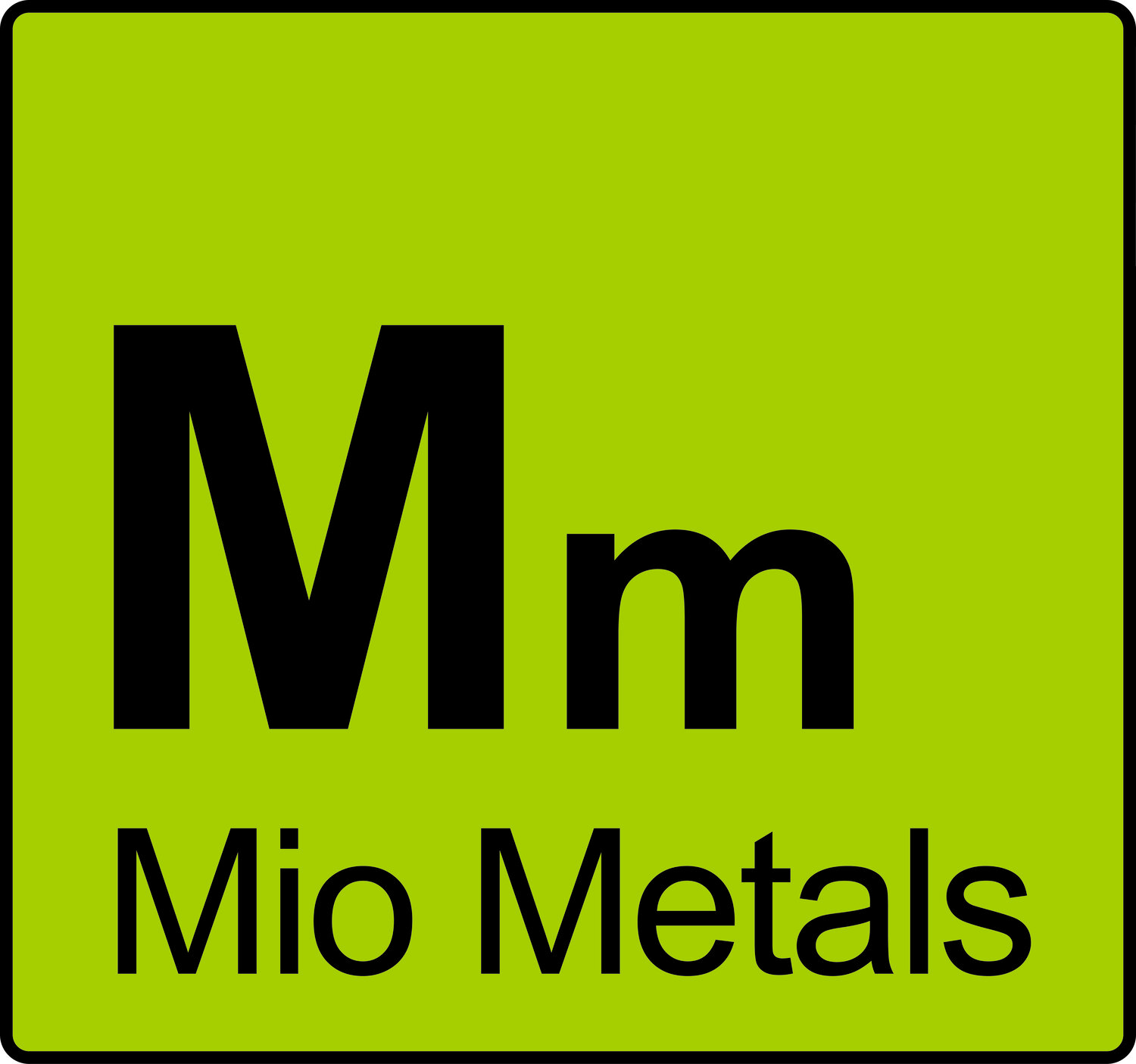Range Hood Seams
Technology and Seams
In the last twenty years, welding copper has gained popularity as a method of joining two pieces together versus the traditional method of soldering. To give a little background, welding involves using a high heat source to melt each piece to be joined as well as a filler of the same metal. Soldering, however, does not melt the pieces to be joined and melts another alloy to attach to each piece and act like glue.
Some fabricators have embraced traditional methods of mechanical seams and soldering to reduce our impact on the environment. Working with 20 oz. copper (equivalent to a 21 gauge thickness) or 24 oz copper, many manufacturers can use cutting and bending tools that are mostly human powered (hand or foot operated).
Seams are formed to be interlocking when possible to provide natural rigidity and lasting strength. Solder is used to hold these seams together. In other situations, a traditional Lap Seam with a full coverage of solder can be used on curved shapes. With 20 oz. copper this seam is as strong as the original material.
Traditional copper fabrication methods achieve two primary goals:
Keep the material cost down by using these mechanical seams eliminating the need for overly thick copper
Energy use is reduced by using low-heat joining techniques and by optimizing hand and foot operated equipment.
